As the global economy goes through a period of economic recession, eCommerce companies are facing new challenges to maintain and grow their business. Typically, a recession is considered to be underway when the gross domestic product (GDP) of a country or region experiences a decline for at least two consecutive quarters.
Other economic indicators and factors are considered to measure this decline in economic activity, such as employment, consumer spending, investment, industrial production, etc. The consequences of a recession can be many and varied, mainly due to a decrease in confidence of financial actors in the economy. On the one hand, companies may face challenges such as reduced revenues, lower profit margins and uncertainty. Indeed, they are inclined to decrease their investments and hiring, which tends to increase unemployment. On the other hand, consumers may be faced with job losses and financial difficulties, causing them to reduce their spending. This in turn reduces the demand for goods and services, which in turn affects businesses. In an uncertain economic environment, the risk of bankruptcy is thus higher and GDP, which measures the value of all goods and services produced in an economy, tends to decrease.
For all these reasons, monitoring key performance indicators (KPIs) to make informed decisions in times of economic uncertainty is more important than ever. KPIs provide quantitative data to assess economic health, help anticipate potential risks, serve as a benchmark for tracking and achieving goals, and communicate information about business performance to stakeholders, helping to build trust even in a difficult economic environment. By focusing on the right KPIs, eCommerce companies can identify areas for improvement and optimize their strategies for success.
In a recession context, it is more important than ever to optimize your operations and processes to reduce costs. It is also essential to listen to the real needs of your customers.
In general, all types of eCommerce merchants can be affected by an economic recession, as this difficult situation generally reduces the purchasing power of consumers resulting in a decrease in demand for online products. However, some types of merchants may be more affected than others during an economic recession. For example, eCommerce merchants selling luxury goods may be more affected, as consumers are more likely to reduce their discretionary spending during a recession.
In comparison, companies selling necessities, such as food and health care products, should be less affected, since this category of products is considered an essential expense. As such, demand for these is less likely to decline during an economic downturn.
In the end, the effects of the economic recession on different types of eCommerce merchants depends on many factors, including the type of products sold, the target audience, brand positioning, and the merchant’s ability to adapt to a changing market.
Discover the 6 most important KPIs that eCommerce businesses should focus on during an economic downturn as well as tips and best practices for tracking and improving each metric.
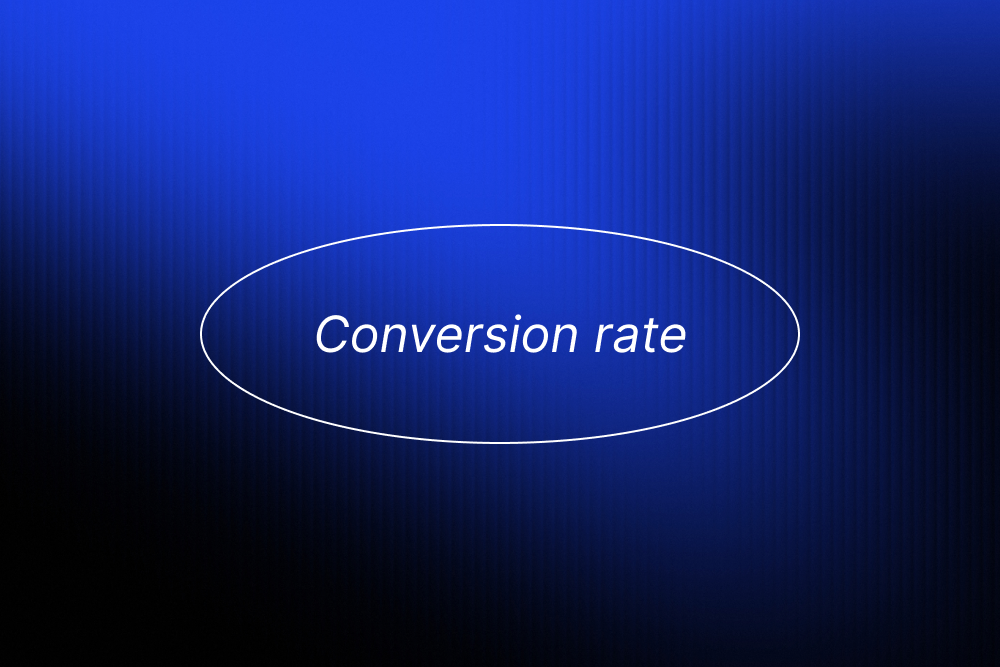
1. Conversion rate
The conversion rate is one of the most important KPIs that eCommerce businesses need to monitor, as it measures the percentage of website visitors who take a desired action, such as making a purchase or filling out a contact form. During an economic recession, it is crucial to ensure that your website is optimized for conversions and that you are making the most of every visitor.
To improve your conversion rate during an economic recession, consider the following tips:
- Simplify the payment process: Simplify your payment process as much as possible to reduce friction and encourage customers to complete their purchases.Offer all possible payment options and add payment segmentation tools for higher priced items. BNPL solutions such as Sezzle are easy to implement and can help customers space out payments without interest.
- Offer discounts and promotions: Consider offering discounts, free shipping, or other promotions to encourage customers to buy.
- Optimize your website for mobile: Consumers are increasingly buying on their phones, so it is important to ensure that your website design is mobile-friendly.
- Leverage customer reviews: Display customer reviews, testimonials, and social media followers to gain the trust of potential customers and increase your credibility.
- Use remarketing ads: Remarketing ads can help encourage customers to return to your website after they leave, increasing the chances of conversion.
To track your conversion rate, use Google Analytics or another web analytics tool to measure the percentage of website visitors who take a desired action. Be sure to set up conversion tracking for each goal, such as a purchase or form submission, to accurately measure your performance. Aim to constantly improve your conversion rate by testing different strategies and optimizing your website for maximum conversions.
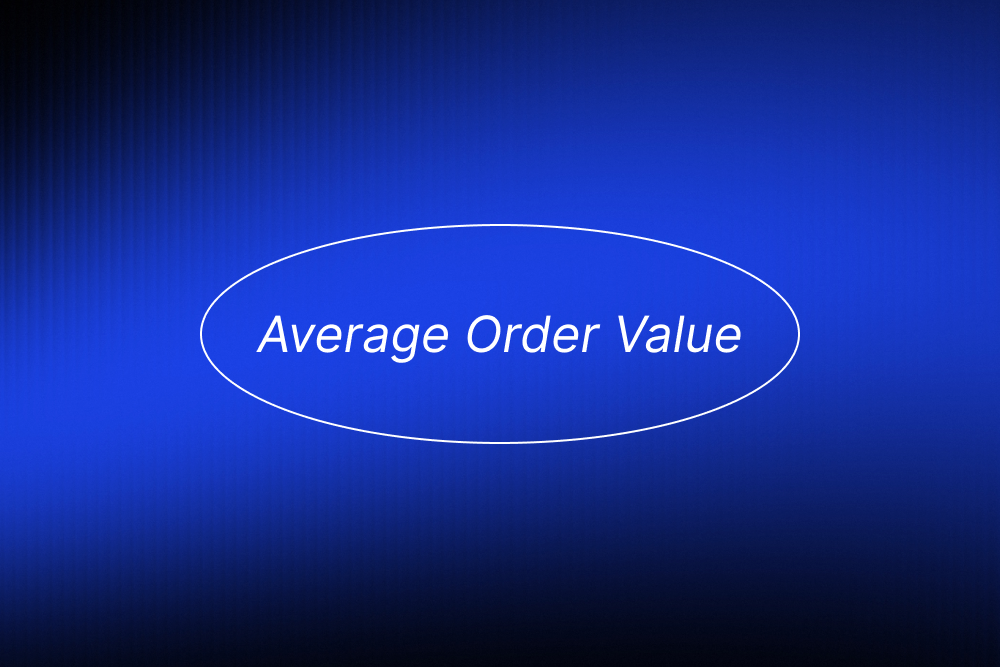
2. Average Order Value (AOV)
The average order value (AOV) measures the average amount that customers spend per transaction on your website. By tracking AOV, you can determine the effectiveness of your pricing strategy and identify opportunities to increase revenue per customer.
To increase your AOV during an economic recession, consider the following strategies:
- Offer product bundles: Create bundles of complementary products and offer them at a discounted rate to encourage customers to purchase multiple items at once.
- Sell and recommend complementary products: Recommend higher-end or complementary products to customers during the checkout process to increase the value of their purchase.
- Set free shipping thresholds: Encourage customers to take action by offering free shipping for orders over a certain amount.
- Implement loyalty programs: Reward customers for repeat purchases with discounts, exclusive offers, or other incentives.
- Display similar products: Highlight similar products on product pages to encourage customers to explore other items.
- Optimize eMerchandising: Ensure that products presented to customers first are not chosen at random. They can be presented based on customer searches or buying habits. They can also be sorted based on stock availability or the margin made by the merchant.
To track your AOV, divide your total revenue by the number of orders during a specific period. Set a goal for your AOV and track your progress over time, aiming to constantly improve your pricing strategy and increase revenue per customer. By implementing strategies to increase your AOV, you can generate more revenue from your existing customer base and improve your profitability during an economic recession.
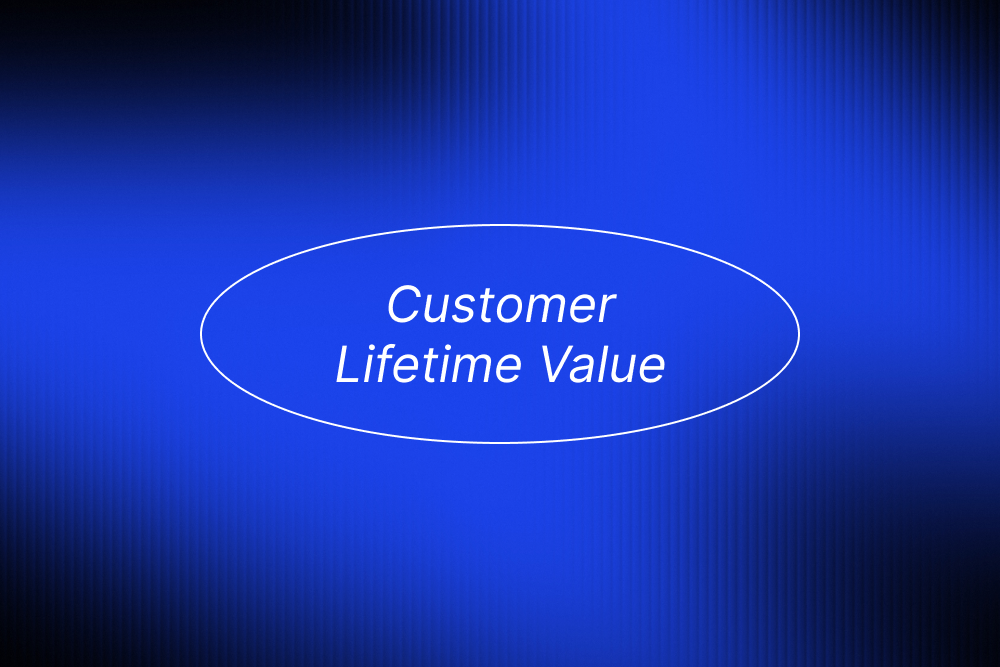
3. Customer Lifetime Value (CLV)
Customer Lifetime Value (CLV) measures the total amount a customer is likely to spend on your website over their lifetime. By tracking CLV, you can identify your most valuable customers and tailor your marketing and retention strategies to maximize their value.
To increase your CLV during a recession, consider the following strategies:
- Offer excellent customer service: Provide exceptional customer service to retain customers and encourage repeat purchases. Tools like Gorgias can help you improve your response speed and customer service across all communication channels.
- Personalize the customer experience: Use customer data to personalize marketing messages and recommendations, creating a more engaging and relevant experience for customers.
- Implement subscription programs: Allow customers to subscribe to your products to save costs or receive exclusive gifts. This strategy will undoubtedly have an impact on customer loyalty and therefore on your CLV.
- Sell and recommend complementary products: Recommend products with higher sale prices or complementary to customers during the checkout process or through post-purchase communications.
- Optimize email and SMS marketing: Use email marketing or SMS to stay in touch with customers and promote new products or offers, encouraging repeat purchases. A solution like Klaviyo will allow you to create personalized communication flows or automated emails for abandoned carts or others.
- Think about marketplaces: During a recession, customers will tend to consult platforms like Amazon or Walmart to look for the best prices. Make sure to list your products on these platforms and that you have a performing marketing strategy.
To track your CLV, use a customer relationship management (CRM) tool or platform dashboards (like Shopify or Magento) to track customer interactions and purchase history. Calculate your CLV by multiplying the average order value by the average number of purchases per year and the average customer lifetime. Set a goal for your CLV and track your progress over time, aiming to constantly improve your customer retention and loyalty strategies to increase the value of each customer.
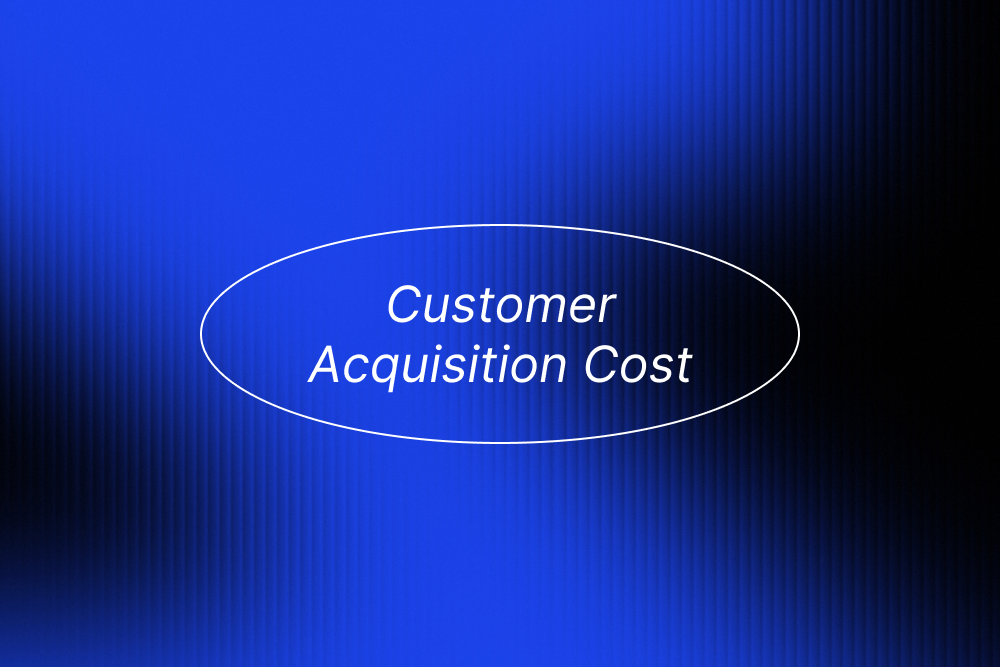
4. Customer Acquisition Cost (CAC)
Customer Acquisition Cost (CAC) measures the cost of acquiring a new customer, including marketing and advertising expenses. By tracking CAC, you can determine the effectiveness of your marketing campaigns and identify opportunities to reduce costs and improve return on investment (ROI).
To reduce your CAC during an economic recession, consider the following strategies:
- Focus on high-value customers: Identify your most valuable customer segments and target your marketing and advertising efforts towards them to improve the ROI of your campaigns.
- Improve your social media strategy: Use social media to reach new customers and promote your products or services, taking advantage of low-cost or organic marketing opportunities.
- Optimize your website for search: Improve the search engine optimization (SEO) of your website to attract more traffic and reduce your reliance on paid advertising.
- Use retargeting ads: Retargeting ads can help attract customers to your website after they leave, increasing the chances of conversion and reducing your overall acquisition cost.
- Leverage referral programs: Encourage your existing customers to recommend your website to their friends and family, offering incentives or discounts to both parties to reduce your CAC.
- Prioritize your first-party data: By using first-party data, businesses can better understand customer behavior and adapt their marketing strategies accordingly. This can help reduce acquisition costs, drive sales, and improve customer satisfaction, which is particularly important in times of economic recession.
- Find opportunities for PR: In addition to providing low-cost visibility, public relations can help maintain and enhance your company’s reputation, which can lead to increased customer loyalty and reduced acquisition costs.
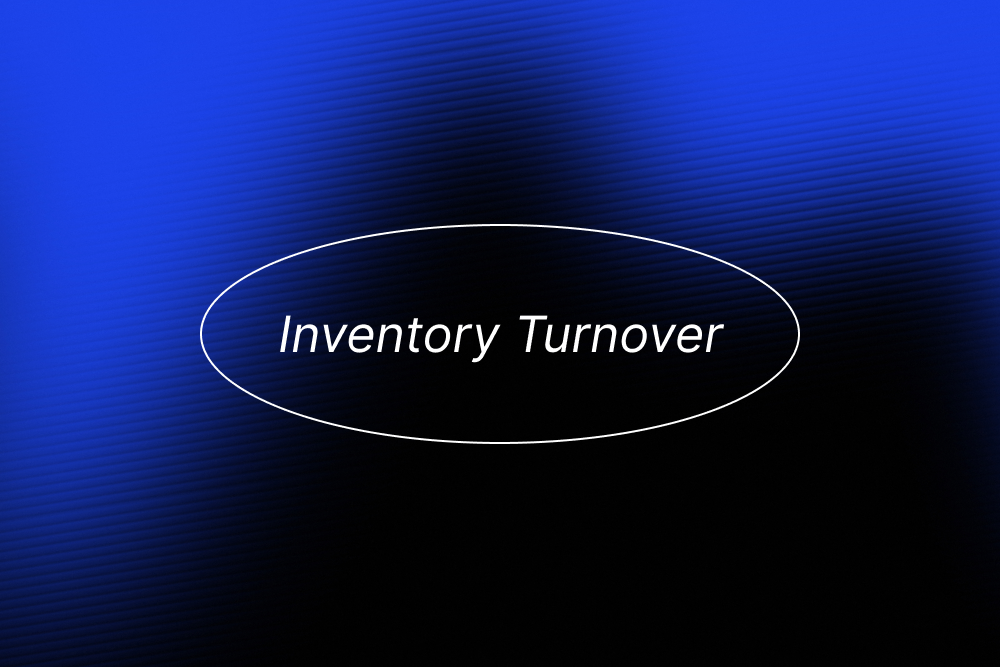
5. Inventory Turnover
Inventory turnover measures how quickly your business sells and replaces inventory. By tracking inventory turnover, you can optimize your inventory levels and reduce the risk of overstocking or stockouts, which can impact your profitability.
To improve your inventory turnover during a recessionary period, consider the following strategies:
- Analyze sales data: Use historical sales data to identify your top-selling products and adjust your inventory levels accordingly.
- Implement demand forecasting: Use sales data and other factors such as seasonality or promotional periods to forecast future demand and adjust your inventory levels accordingly. A solution like Lila can help with purchase planning and inventory management.
- Offer promotions: Promote slow-moving or overstocked inventory with discounts or other promotions to encourage sales and free up space in your warehouse. You can also conduct clearance sales for products that have a close expiration date or seasonal products. Marketplaces are ideal sales channels for conducting clearance sales.
- Optimize your supply chain: Streamline your supply chain and reduce lead times to ensure you can quickly replenish inventory as needed and demanded.
- Implement inventory management system: Use an inventory management system to track inventory levels and automate ordering processes to improve efficiency and reduce the risk of stockouts. Ensure that this system is well-connected with all the systems in your eCommerce ecosystem.
To track your inventory turnover, divide the cost of goods sold (COGS) by the average value of your inventory during a specific period. Set a target for your inventory turnover and track your progress over time, aiming to constantly optimize your inventory levels and improve efficiency. By implementing strategies to improve your inventory turnover, you can reduce the risk of excess inventory or stockouts, improve your profitability, and better navigate a recessionary period.

6. Don’t Neglect your Financial Indicators…
A company can limit the impact of a recession by implementing strategies such as cost reduction, product or service diversification, operational efficiency improvement, and seeking new market opportunities. It is also important to closely monitor financial indicators to detect signs of financial difficulties and take proactive measures to address them.
Here are some examples of financial indicators to consider:
- Liquidity: Monitor your company’s ability to generate sufficient cash flow to meet your cash flow needs. Evaluate your company’s ability to meet its short-term obligations by monitoring available cash, the liquidity ratio (liquid assets/current liabilities), and the working capital ratio (current assets/current liabilities).
- Profitability: Review your profit margins and look for ways to improve operational efficiency to maintain or increase your profits. To do this, you can monitor indicators such as gross margin, operating margin, and return on assets.
- Debt: To assess your company’s level of debt, monitor indicators such as the debt ratio (total debt/total assets), the long-term debt ratio (long-term debt/total assets), and the debt coverage ratio (earnings before interest and taxes/interest expenses).
- Revenue: Monitor indicators such as revenue, revenue per customer, and revenue per product or service to assess the performance of your sales and identify potential areas for improvement.
- Cost management: Monitor indicators such as cost of goods sold, operating costs, and labor costs to assess the effectiveness of your operations and identify ways to reduce costs.
- Inventory management: Monitor indicators such as inventory turnover rate,…
To conclude,
during times of economic uncertainty, eCommerce businesses need to focus on their most important key performance indicators (KPIs). By tracking the right KPIs, businesses can gain insights into their performance and make data-driven decisions to optimize their success strategies. In this article, we have presented the six most important KPIs that eCommerce businesses should focus on during an economic recession: conversion rate, average order value, customer lifetime value, customer acquisition cost, inventory turnover, and financial indicators. By prioritizing these KPIs and implementing best practices to track and improve them, eCommerce businesses can weather the storm of an economic recession and emerge stronger than ever.
If you need help tracking and improving your KPIs, don’t hesitate to contact us at Novatize for expert advice and support.
📍 330-330 rue Saint-Vallier Est, G1K 9C5, Québec, QC, Canada
Inspired by what you’ve read?
Our team of experts can help you take your eCommerce to the next level!

